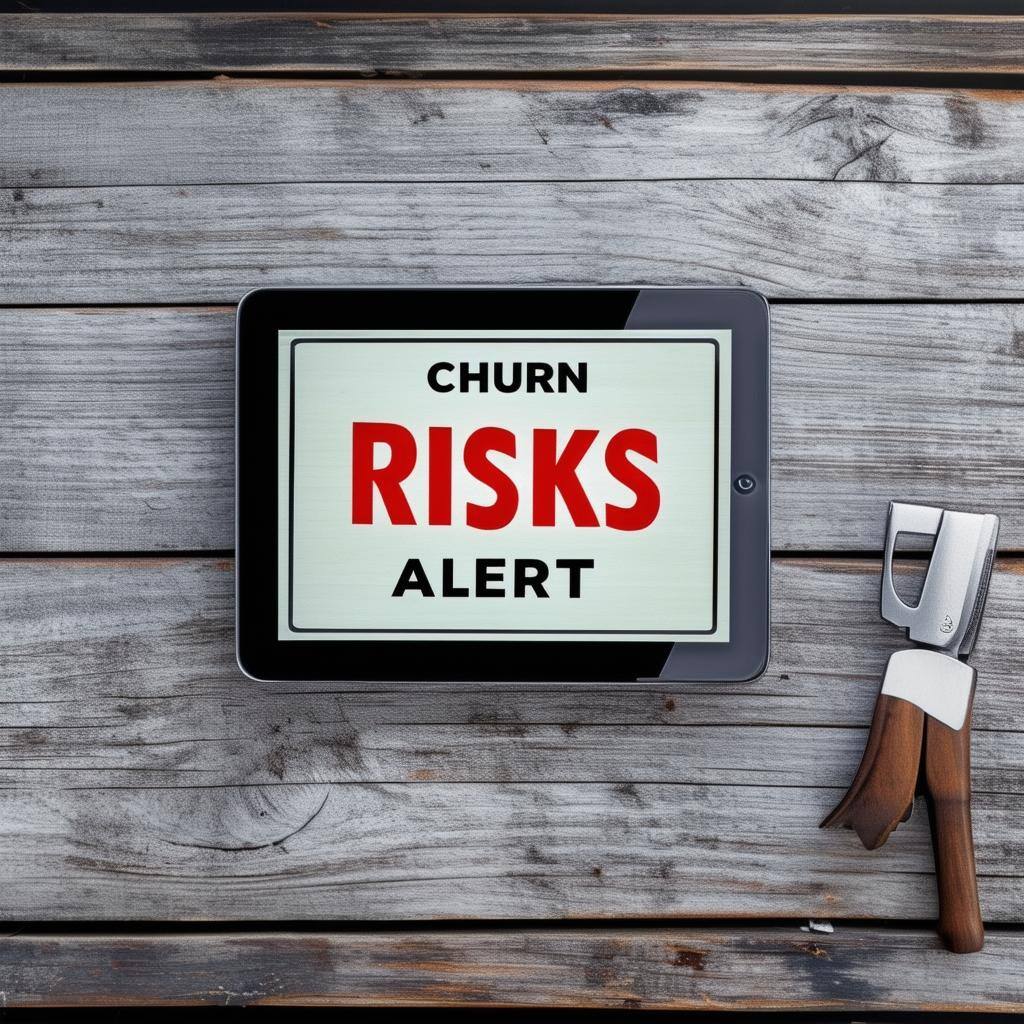2. Strategic Responsibilities: Driving Success for Customers and the Business
1. Purpose of Each Responsibility
CSMs must align their core responsibilities with both customer and business objectives, driving meaningful outcomes at every stage of the customer lifecycle. Below is a detailed breakdown of each responsibility, its purpose, and its impact:
1. Driving Adoption and Customer Success:
-
- Purpose: Ensure customers use the product effectively to achieve measurable goals.
- Customer Impact: Accelerates time-to-value (TTV) and increases satisfaction.
- Business Impact: Improves retention by embedding the product into customer workflows.
- Example Framework:
- Proactive Actions: Regular feature walkthroughs and tailored training.
- Reactive Actions: Addressing adoption barriers when customers struggle.
2. Managing and Mitigating Churn Risks:
- Purpose: Identify and resolve potential churn triggers early.
- Customer Impact: Builds trust by proactively addressing challenges.
- Business Impact: Protects recurring revenue streams.
- Churn Risk Monitoring Framework:
- Early Warning Signals: Declining health scores, low engagement, or missed QBRs.
- Action Plan: Implement churn mitigation workflows, such as tailored outreach for at-risk accounts.
3. Identifying Upsell and Cross-Sell Opportunities:
- Purpose: Expand account value by matching additional products to evolving customer needs.
- Customer Impact: Increases ROI by addressing new challenges or goals.
- Business Impact: Drives growth and boosts Net Revenue Retention (NRR).
- Example Framework:
- Map product usage to potential upsell opportunities.
- Track accounts for signals like increasing feature requests or usage plateaus.
4. Acting as the Customer Advocate:
- Purpose: Ensure the customer’s voice is represented internally.
- Customer Impact: Creates stronger relationships and fosters loyalty.
- Business Impact: Improves product alignment and enhances customer satisfaction.
- Feedback Loop Framework: A structured system to collect and share customer feedback with Product, Sales, and Marketing.
2. Strategic Alignment Using the "Value Impact Matrix"
To ensure CSMs focus their efforts effectively, the Value Impact Matrix helps prioritize responsibilities based on their impact and whether they are proactive or reactive.
| Value Impact Matrix | High Impact (Proactive) | High Impact (Reactive) |
| Customer Responsibilities | Driving adoption through onboarding plans. | Resolving feature-related escalations. |
| Business Responsibilities | Identifying upsell opportunities. | Managing churn risks for key accounts. |
Visual Application:
CSMs should strive to maximize time in the High Impact/Proactive quadrant, where their efforts deliver the greatest long-term value.
3. Framework: The Strategic CSM Funnel
A Strategic CSM Funnel outlines how responsibilities contribute to the customer lifecycle, broken into three stages:
- Adoption Stage
- Focus: Ensure smooth onboarding and early success.
- Tactics: Health score tracking, goal alignment meetings, and feature adoption plans.
- Outcome: Customers feel empowered to use the product effectively.
- Example: A CSM at a SaaS HR platform noticed low engagement with the onboarding feature. By running weekly onboarding webinars, they improved customer satisfaction and reduced churn by 15%.
- Expansion Stage
- Focus: Identify opportunities to add value through upsells and cross-sells.
- Tactics: Usage analysis, business reviews, and identifying customer pain points.
- Outcome: Increased account value through tailored product recommendations.
- Example: A CSM at a CRM company used analytics to show a customer how automating email campaigns could save time. This led to an upsell of a premium automation module.
- Renewal Stage
- Focus: Mitigate churn risks and secure contract renewals.
- Tactics: Proactive engagement, issue resolution, and ROI communication.
- Outcome: Higher retention rates and long-term partnerships.
4. Activity: Strategic Alignment Exercise
Scenario-Based Task:
- Scenario 1: A customer hasn’t logged into the platform in 45 days.
- Question: Which strategic responsibility should the CSM prioritize (adoption, expansion, or renewal), and what action should they take?
- Scenario 2: During a QBR, the customer shows interest in automating reports but hasn’t committed to an upgrade.
- Question: How can the CSM use this opportunity to align with growth goals?

Core Responsibilities Reflection Checklist
This reflection checklist allows you to evaluate your alignment with the core responsibilities of a CSM
Download
Churn Mitigation Strategies
This playbook provides practical strategies to proactively and reactively address churn risks
Download
CSM Advocacy Scenarios
These role-playing exercises are designed to help learners practice advocating for their customers while balancing internal priorities and company goals
Download